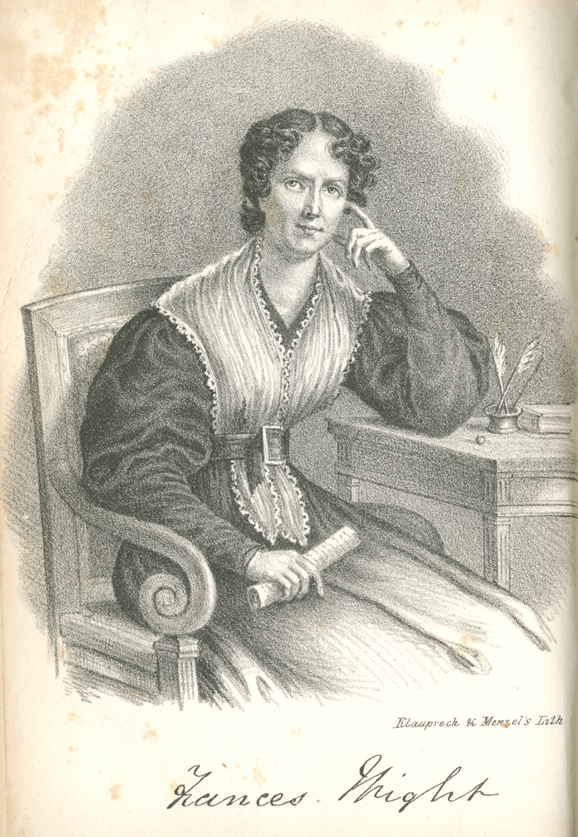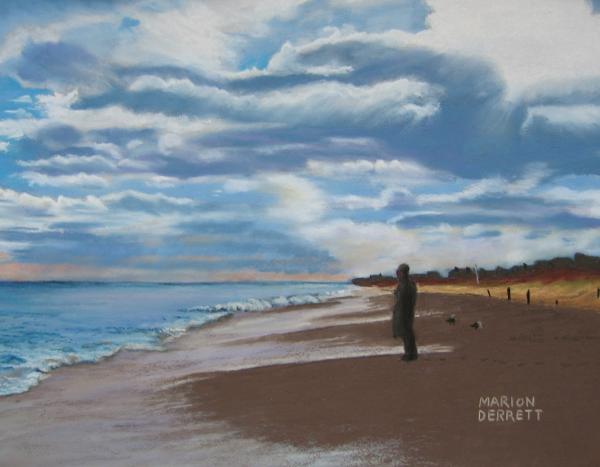(Finally, after annoying technical issues, here it is!)
I decided to take on the challenge of editing videos. Thanks to the support from my friends who helped me not only as actors but also for providing me with resources that gave me access to great sound and editing! I selected a few passages from "Calamus" and attempted to give a visual portrayal on those with plenty of imagery to follow up on.
So. To get into the production of the video and some thoughts.
Anthony Ghadieh. Best friend since the beginning of elementary school. He so happens to have been a Walt Whitman fan even before I heard much of the poet beyond mere mention in anthologies. He usually already even has a grizzly look going on, but still I was happy to hear that he was willing to take on the role as my subject for the project—bonus points for his experience in acting in school plays and musicals.
Sophia Sarnicola. Another best friend of mine, though we met at a later time during middle school years. In addition to being an awesome poet, she's also a great artist, musician (who plays the drums, cello, guitar, and bass), graphic designer, everything. Her experience with recording sound (not to mention her killer collection of equipment that includes a $100+ microphone) and also directing and editing videos was pretty much a beautiful package of awesome I needed to learn how to manage my own project. Plus, she makes for a great companion for my Whitmanian friend.
Myron Lam. Yet a third of my best friends whom I've had the pleasure of meeting in elementary school. Though he is away at UCI, he's taken his time to help Sophia and I fix our video issues and going over steps to not only solve the problem, but to also take part in fixing up the corrupt files. While he did not take part in the development of the project, nonetheless, he's just as much of a big help to me as my other two buddies. With his expertise in computers and experiences creating and editing videos (among his many other talents in classical music and composition) I couldn't ask for a better person to help me out.
As for myself, thanks to work experience as an intern for YBCA (in San Francisco) for the YAAW program and for the RYSE center in Richmond as a member of ArtsChange, I know how to create basic storyboards for how to plan out recording videos and set up stage directions, if you will.
The four of us have all attended the same elementary school (Ohlone Elementary in Hercules, CA) and, from time to time, we hang out in this hidden forest that hides behind our school's park. A handful of people know about it (boo to tagging on trees) but it's the perfect location to get many of the nature and isolation imagery found in "Calamus."
A lot of the detailed imagery is based on the forest—the location of isolation. Nature happens to be the main source of Whitman's imagery in all of his poems—even in his Specimen Days entries. Fortunate to have some sort of forest nearby, even though I was with friends shooting scenes, it's amazing how even then, there's only nature and it's openness—it's a world outside of time and the hustle and bustle of other human beings. There's even a sense of comfort to be beheld from Mother Nature as anything that takes place within the green and trees is practically secretive—mum's the word, I figure, and it makes me think of the "dark mother" found in "Lilacs". The primordial world revolves around the power of the female mother's of the Earth. Nature is the closest thing to pure cosmos and understanding the true world (over "seeing" to "believe), despite the fact that such knowledge is perhaps unobtainable to the human mind. Still, Whitman takes on this quest and finds it in the nearest and most available portal into the origins of Gaea. Even if the rest of the world shuns one, one typically can return to the arms of their mothers (Gaea) and feel better. But definitely, the fresh, green, aromatic, and overall natural feel of the forest imagery is not only a perfect, ideal world for Whitman, but also the fantasy realm the speaker of "Calamus" can escape into until he is ready to take on the (contrasting) industrialized, consumer-based, and conformist society. It's something interesting to me that there is definitely a lack of sensual images compared to those of nature.
I tried to get more light pouring in in later readings to signify the changing tone of the poem as the speaker rises to the occasion and learns to step out from his self-exile and back into the world where he openly expresses himself and his love for comrades—a moment of epiphanies and revelations. I found it hard to visualize the metaphors beyond the forest, and so I thought that the subtle lighting could at least present this, though, looking back, it's hard to say that the lighting was completely controlled (ain't no one tell the Sun what to do).
...
In the end, I really am happy to have had taken this class. As a first-year student at SFSU, it's refreshing to have gone outside of the usual classroom feel of high school and experience the hybrid of an online/in person class. I especially enjoy the fact that, rather than just writing formal responses to Whitman and turning in essays, class sessions were discussions where we can give our thoughts and feedback and overall have a full-on conversation about poetry—which I feel like is a great way to talk about something that isn't necessarily confined to one interpretation. It was also helpful to get some historical background information pertaining to the world of Walt Whitman, as that gave more dimension to his poetry (and how we read it according to his time and our own). Perhaps the title of the course should be changed to avoid garnering disappointed Frost fans. Then again, it's a cool way to have them embrace and get in contact with Whitman, despite false advertising, haha!








